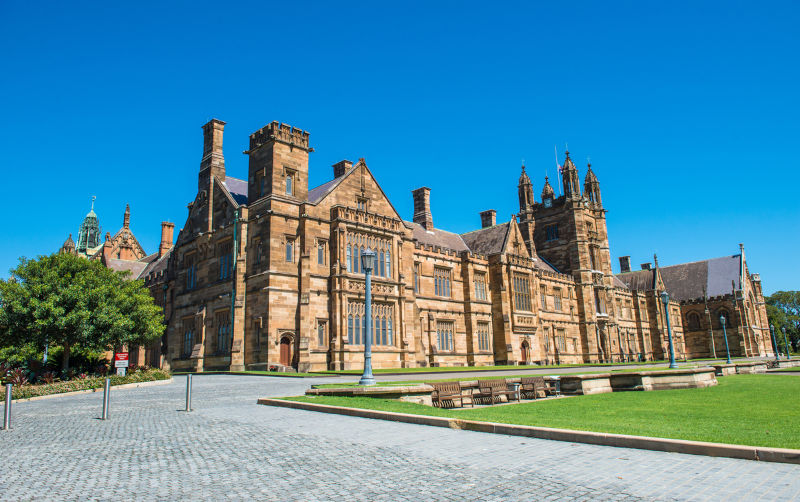Australian public universities: for society or for profit?
March 13, 2023
The Guardian of 3 March 2023 carries a story entitled Australian university sector makes record $5.3bn surplus while cutting costs for Covid. The sub-heading states Department of Education figures reveal all but three universities reporting a surplus, including $1bn for the University of Sydney._
_
Readers are also advised that, across the last decade, the net surplus of the sector has hovered at 1bn to 2bn and the sector barely broke even in 2020. Moreover, the Big 3 surplus makers or profit takers are reported in this story as follows: The University of Sydney, $1bn; The University of Melbourne, $600m, and Monash University $300m. These major capital-city based organisations, therefore, contribute almost $2bn to the overall result reported. Just imagine where the loss-making public universities are located?
Has the public sector university sector in Australia been transformed into a for-profit sector, even though these institutions are described as public universities and treated as charities for taxation purposes? At best, they can now be termed public institutions at law but, arguably, no longer in substance be automatically classified as social institutions with a prime focus on nation and community/society serving and building.
Just as Qantas has come under scrutiny for its strategies and then financial windfalls during the pandemic, Australian universities with their arguable national societal role should not be surprised to attract government formal review and potential revision of their status at law, economic industrial role, and community educational and social role.
Issues meriting review include:
- Now reported super-profits after pandemic era claims of financial distress and mass reductions in university sector labour force.
- True financial status of universities in contrast to the claims of recent strong operating results being effectively dismissed as being “one-off.
- Financial justifications for mass staff layoffs during 2020-22, given recent reported profits and financial reserves.
- The national social and intellectual capital costs of university aggressive cost-cutting.
- The impact on education and research quality of the consequential massive workload pressure and under-resourcing were seeing across higher education (Barnes, as cited in this story).
Of more importance to us is to reflect on COVID-19 as a widely known health and social crisis. During social crises, governments and their public institutions are typically expected to revisit their explicit organisational missions and visions and to adapt their operations to act consciously in the public interest for the benefit of society, including the populations health (physical and mental), well-being and longevity.
What is done has occurred. The future is always a key contention. The past provides lessons for the taking. What has been learned by this episode in Australian public higher education?
Are we doomed to repeat this history when another global calamity or crisis inevitably arises? Do we have the political will to move the policy levers to be better prepared and able to face such adverse circumstances again soon with the learnings in society of the past 3-4 years? Herein lies a ponderable challenge, not to be ignored, today or tomorrow, by governments in Australia at all levels, especially by the Federal government.
This raises a crucial policy question. Have the Australian public universities been playing the role of primarily commercial for-profit entities or as public serving educational and social organisations during the current global pandemic crisis? The evidence at hand suggests the former. Organisational financial self-interest appears to have taken the sedan front seat, with public service relegated to the boot!
